On Friday of last week Muir and Struan downloaded our remaining temperature data loggers that were placed in the River Ayr catchment as part of Faye Jackson’s PhD to assess changes and trends in water temperature in relation to climate change. These data loggers record water temperatures at sites across the River Ayr catchment all year round. The data generated is then sent to Marine Scotland Science for Quality control and analysis. This is a long term monitoring project and part of the Scottish River Temperature Monitoring Network (SRTMN) that collects data from around Scotland. http://www.gov.scot/Topics/marine/Scotland-Trout-Coarse/Freshwater/Monitoring/temperature
These data are then used to model where tree planting can be best employed to defend our rivers from predicted temperature rises as a result of global warming and climate change.
Unfortunately, a combination of weather, river height, Christmas holidays and other project commitments prevented us from doing this until now which was disappointing as there’s been a break in the long term data sets but these are the problems we face running a small, underfunded organisation that has takes on huge commitments just to survive.
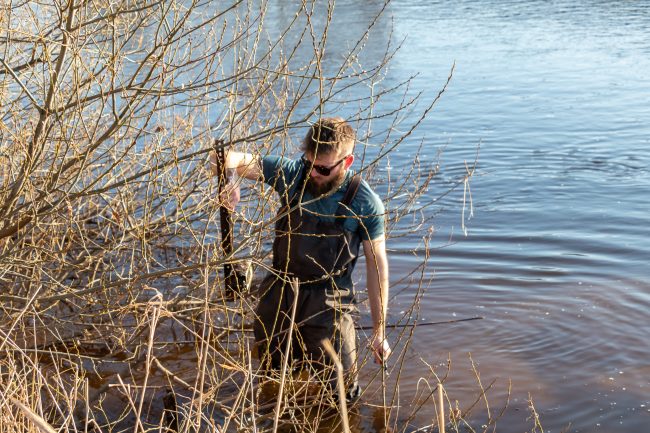
It was a mild day on Friday, almost spring like. But when you have to roll the sleeves of your t-shirt up to undo the bolts then you’re quickly reminded of the time of year….cold doesn’t describe it!
Faye’s PhD has been completed but we continue to monitor the temperatures which provide a fascinating insight into water temperatures on a range of watercourses (tributary and mainstream river sites). This continuing research is funded by MSS.
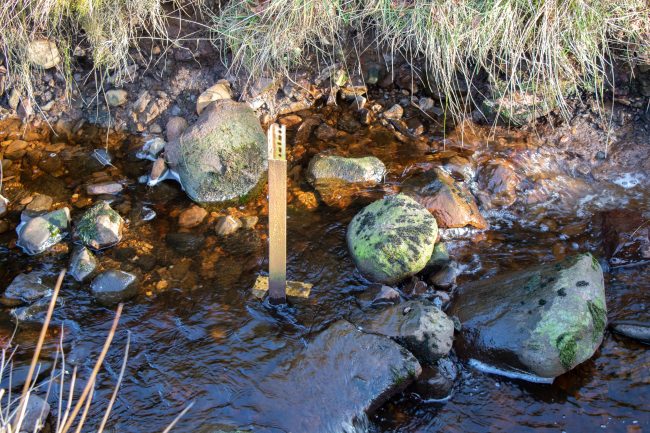
The data logger is housed in a plastic tube to protect it from debris but allow a through flow of water.
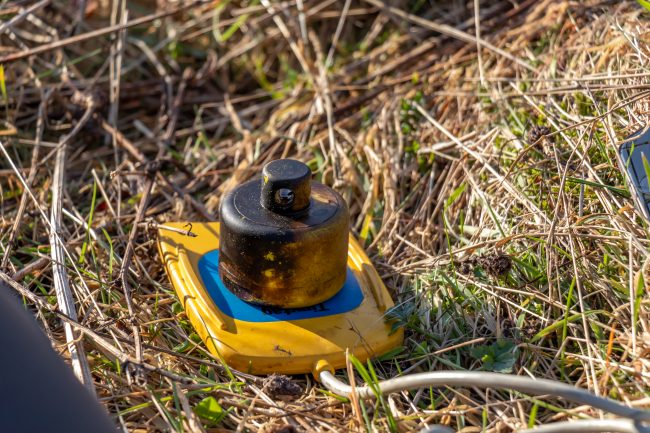
Downloading data from a logger through its download pad.
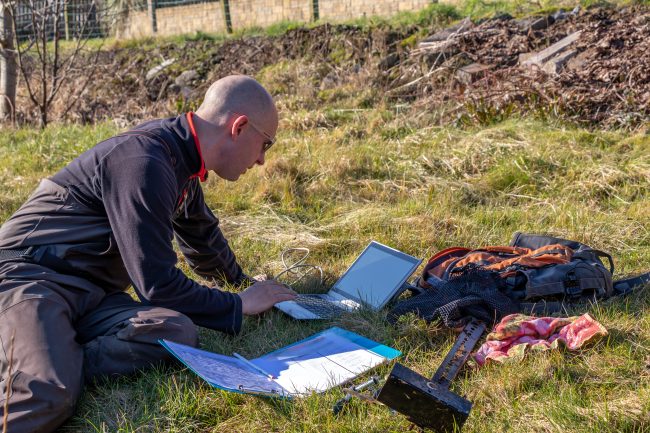
Muir downloading data from a logger on the Lugar Water.
June and July of 2018 everyone will remember as being fantastically hot, however with water temperatures hitting 26-27 degrees celsius in places we can see there is a real need to continue with our drive to plant trees to shade rivers, stabilise banks etc. From a quick look over the data from each site it would appear that there are obvious differences between similar sized watercourses.
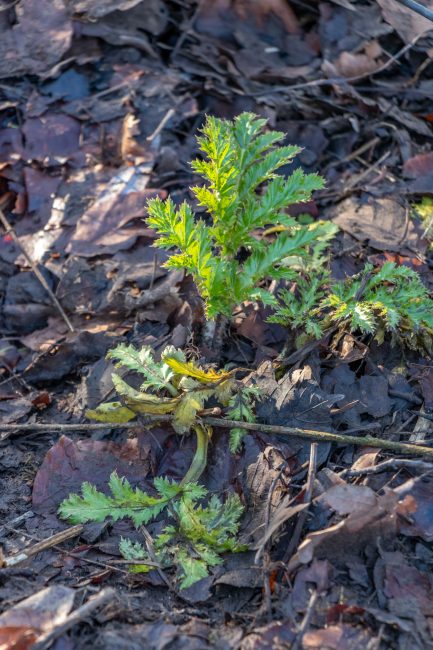
Giant hogweed was beginning to germinate on the lower River Ayr. In reality we are only a couple of months away from spraying this non-native species.
Have a look at SRTMN’s website (the link above) where more information on this project is available. While the model may not yet be perfect, it is a work in progress that will continue to be refined and should help river managers and riparian owners to ensure their actions are targeted and achieve the desired results.
We will use this tool to inform our future tree planting ambitions and encourage others to do the same.

